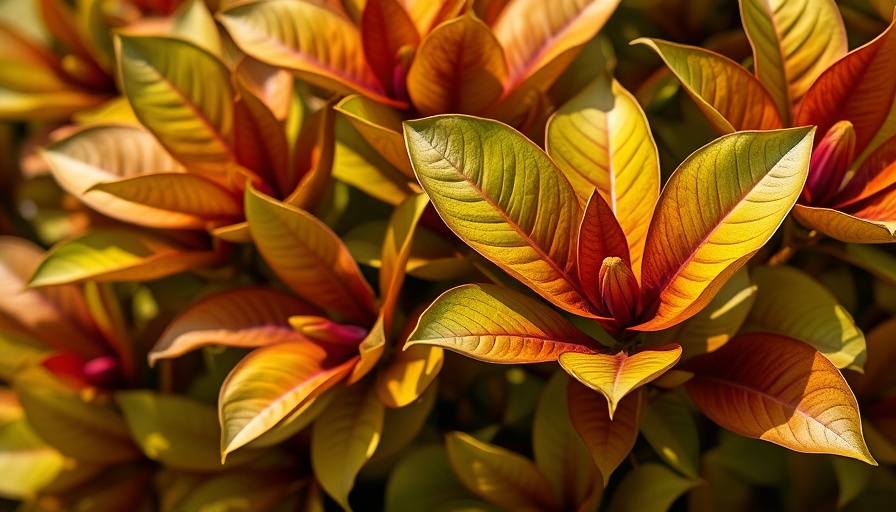
Exploring the Magnificent World of Magnolias
The magnolia tree is more than just a beautiful part of our backyard landscapes. Known for their stunning flowers, these ancient trees are also a testament to the biodiversity of the natural world, boasting over 220 species. From the small, unassuming blooms of the Siebold's magnolia (M. sieboldii) to the expansive petals of the bigleaf magnolia (M. macrophylla), magnolias display an astonishing range of shapes, sizes, and colors, enriched further by modern hybridization.
The Alluring Anatomy of Magnolias
Magnolia flowers possess unique characteristics, such as tepals that blend the roles of petals and sepals. The intriguing anatomy of magnolia flowers evolved alongside beetles—one of their primary pollinators—over the course of millions of years. Their fragrant nectar and delightful scents invite these ancient insects, ensuring successful pollination as beetles navigate through these magnificent blooms.
A Historically Significant Species
Dating back 95 million years, magnolias are among the world’s oldest flowering plants, providing crucial habitat for wildlife. Their versatility across various climates—ranging from eastern North America to parts of Asia—signifies their incredible adaptability and resilience. This long evolutionary history enriches our appreciation for these remarkable trees.
Magnolia Varieties to Cultivate
As winter yields to spring, gardeners across the nation eagerly await the blooming of magnolias. Some top cultivars to consider adding to your backyard include the Southern magnolia (M. grandiflora), revered for its evergreen foliage and stunning white blooms, and the Genie magnolia (M. × ‘Genie’), renowned for its rich maroon flowers. These varieties not only enhance the aesthetics of any garden but also support local biodiversity.
Why Magnolias Matter to Us
Understanding and appreciating the diverse world of magnolias is vital for gardeners and nature enthusiasts alike. These trees do more than beautify our surroundings; they tell a story of resilience, coexistence, and the importance of preserving biodiversity. In a world where urbanization threatens natural habitats, cultivating our appreciation for such trees is invaluable.
As you plan your spring garden, consider the benefits of planting a magnolia. These ancient trees offer beauty, shade, and a connection to nature’s rich history right in your backyard. They can become a focal point, inviting neighbors and friends to admire their beauty and perhaps even share stories about their own gardening adventures.
If you're inspired by the enchanting blooms and historical significance of the magnolia tree, it's time to take action. Visit your local nursery, explore the various species available, and plant one of these magnificent trees today!
 Add Row
Add Row  Add
Add 


 Add Row
Add Row  Add
Add 

Write A Comment